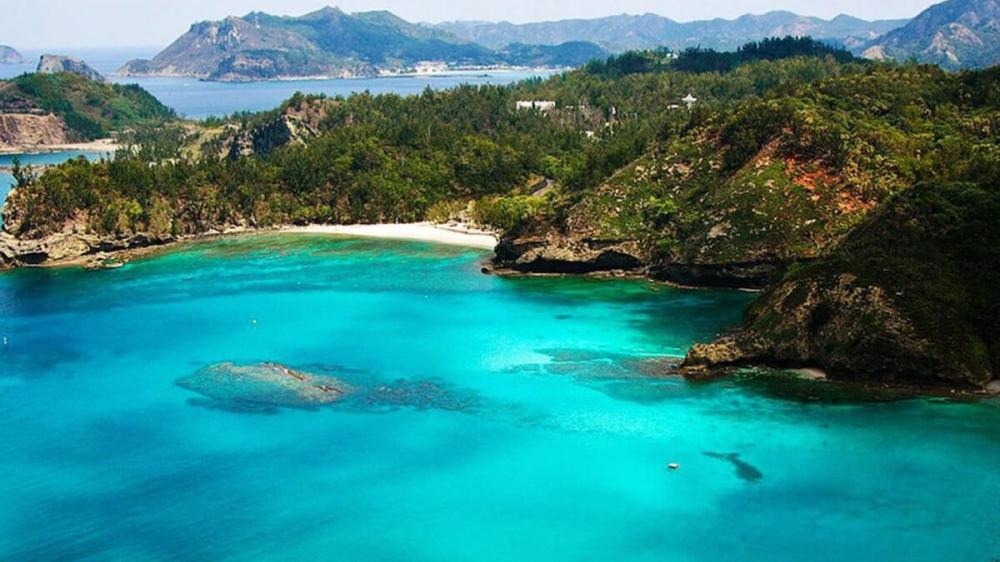The Galapagos Islands are located in the Pacific Ocean, about 1,000 kilometers from the coast of Ecuador. This archipelago consists of 18 main islands, and a number of small islands and rocks. The Galapagos Islands are famous for their unique biological diversity, which has attracted the attention of scientists and researchers from all over the world, most notably Charles Darwin, who inspired his theory of evolution.
### History and discovery
The Galapagos Islands were first discovered in 1535 by the Spanish sailor Free Tomás de Berlanga. From then on, the islands were a stop for sailors and pirates, until they became part of the Republic of Ecuador in 1832. Charles Darwin visited the islands in 1835 during his voyage on the ship Beagle, where he observed the diversity of species there, which greatly contributed to the development of his theory of selection Natural.
### Biodiversity
The Galapagos Islands are a natural laboratory for wildlife, boasting many unique species found nowhere else on Earth. These species include giant tortoises, marine iguanas, and famous Galapagos birds such as goldfinches. This unique biodiversity results from the geographical isolation of the islands and the contrast of their diverse natural environments, such as tropical forests, rocky coasts, and coral reefs.
### Protection and preservation
Due to their biological importance, the Galapagos Islands became a national nature reserve in 1959, and were included in the list of UNESCO World Heritage Sites in 1978. Efforts to protect the environment on the islands focus on combating invasive species that threaten native species, and organizing ecotourism, which constitutes an important source of income for Ecuador but It needs a balance while maintaining the delicate ecosystem.
### Tourism and scientific research
The Galapagos Islands are a global tourist destination, with thousands of tourists visiting the islands every year to enjoy the stunning nature and unique wildlife. Carefully organized tourism helps support the local economy and encourage efforts to protect the environment. In addition to tourism, the islands are an important center for scientific research, with scientists conducting studies on evolution, ecology, and species conservation.
### Challenges
Despite great efforts to protect the Galapagos Islands, the islands face several challenges. These challenges include climate change, invasive species, pollution, and human pressure from tourism and other economic activities. These challenges require effective and sustainable strategies to ensure that this natural treasure is protected for future generations.
### Conclusion
The Galapagos Islands are one of the world's greatest natural treasures, combining natural beauty with unique biodiversity. Not only are these islands a great place for tourism and exploration, they are also an important place for scientific research and a deeper understanding of the natural world. The challenges facing the islands require international cooperation and continued efforts to ensure the continued preservation of this unique environment.

